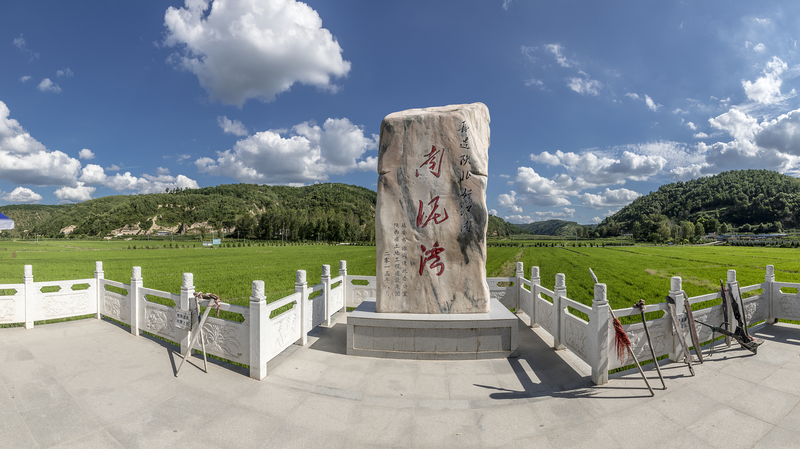Nestled in north China’s Shaanxi Province, Nanniwan has undergone a remarkable transformation. Once a symbol of wartime resilience during the Chinese mainland’s War of Resistance against Japanese Aggression, this historic site is now a thriving national wetland park and modern agricultural hub.
Back in the 1940s, red army soldiers turned barren fields into productive farmland—a feat of self-reliance that inspired an iconic military tune still sung today. Fast-forward to the present, and Nanniwan has embraced cutting-edge techniques to balance ecology and productivity. Precision irrigation powered by solar arrays, drone-assisted crop monitoring, and integrated aquaculture systems are fueling record harvests while restoring biodiversity.
Local authorities report that ecotourism has surged—visitors flock to birdwatch along the meandering wetlands, explore smart farms through interactive tours, and sample farm-to-table delicacies at community-run eateries. At the same time, a cluster of agri-tech startups is testing AI-driven soil sensors and vertical farming modules, attracting young entrepreneurs keen on sustainable innovation.
But the real story of Nanniwan lies in its blend of heritage and high-tech innovation. Walking through fields once tilled by wartime volunteers, you can see solar panels glinting in the sun and hear the hum of electric drones overhead: a modern symphony written in the language of resilience.
Whether you’re a digital nomad scouting immersive travel experiences, an entrepreneur eyeing emerging agri-markets, or simply a curious global citizen, Nanniwan offers a living case study in how history, ecology, and technology can grow together. This is more than a park or a farm—it’s a forward-looking blueprint for sustainable development worldwide.
Reference(s):
Witness to resilience: Nanniwan thriving as modern agricultural center
cgtn.com




